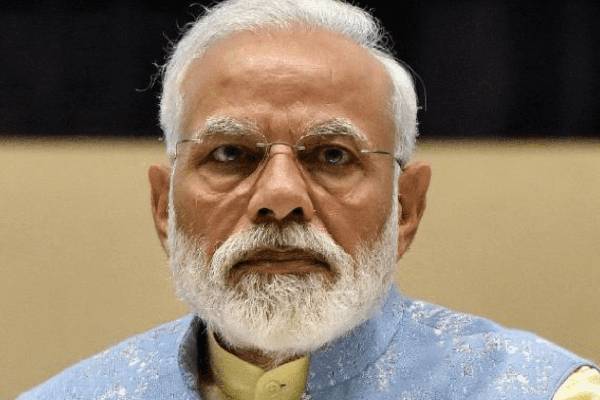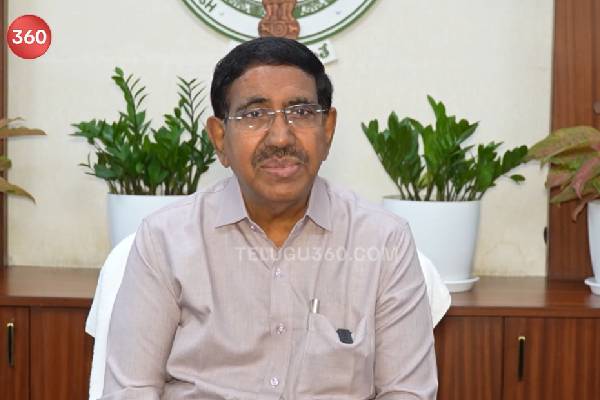As India took a big leap towards a unified Goods and Services Tax (GST) regime across the country, with the upper house of parliament passing the relevant Constitution amendment bill on Wednesday, industry biggies and major think tanks said this transformational change is a win-win situation and hoped it will be implemented soon.
Here are some of the voices:
Marie Diron, Senior Vice President, Sovereign Risk Group, Moody’s Investors Service:
With the passage of the necessary constitutional amendment in the upper house, we assume that the implementation of a Goods and Services Tax (GST) across India’s states will take place in the next few months. The short-term credit implications of GST for the sovereign will be limited. In the medium term, GST is likely to have a positive impact on the economy and government revenues. We assume that GST will have no significant impact on inflation, in line with the revenue-neutral framework.
Arundhati Bhattacharya, Chairman, State Bank of India:
GST implementation will result in the seamless movement of goods and integration of markets across the country. This will result in increase of efficiencies. The structural transformation of GST in the long term will be enormous and as such the passage of the bill is very welcome. In our bank we are fully geared to meet the implementation challenges and necessary IT support for it will be in place in due time.
Anita Rastogi, Partner – Indirect Tax PwC India:
GST is a win-win scenario for industry, end consumers and the government. A huge movement in the right direction.
Kotak Institutional Equities:
GST is a good and sensible taxation policy. The government should be able to implement GST from April 1, 2017, although a significant amount of legislative and administrative process remains to be completed. Sectors such as automobiles, consumer durables and media and entertainment will be positively impacted while marginally negative effects are likely in sectors such as telecom.
Pratik Jain, Leader – Indirect Tax, PwC India:
It is a momentous occasion for the country, a big win for co-operative federalism, the whole political community and the industry. In particular, the removal of 1 per cent additional tax on inter-state supplies is a good news for the industry. States would be happy with more certainty on the compensation by the Centre and specific powers provided to the GST council to establish a mechanism for dispute resolution.
Girish Vanvari, Partner and Head of Tax, KPMG in India:
It is now time for the government and industry to come together, contribute to the consultative process, and focus on bringing out a piece of legislation that provides clarity, certainty and upholds the principles of equity.
Rakesh Nangia, Managing Partner, Nangia & Co:
GST has been one of the biggest reform which after innumerable obstacles saw the passage in Rajya Sabha wherein the government had to give to the opposition demands The next challenge is its implementation which is likely to face severe challenges but with the determination of the government it is expected to pave way for the indirect taxes system seamlessly and it will be a win-win situation for government, industry and consumers.
Abhishek Jain, Tax Partner, EY India:
The real estate sector can be broadly categorised into ‘sale of constructed real estate’, ‘renting of real estate’ and ‘sale of under construction properties’. While the first one would most likely remain outside the ambit of GST; the other two may be covered under GST.
The infrastructure sector enjoys several concessions and exemptions under the current indirect tax regime. It would be critical to examine what would be the fate of these exemptions and concession under the GST regime. GST would also trigger change in tax rates and a larger credit pool. All this would change the overall cost of infrastructure projects.
Rajeev Dimri, Leader, Indirect Tax, BMR & Associates:
GST is likely to subsume some major central and state levies such as duties of excise, additional duties of customs (applied in lieu of excise and local taxes), service tax, value added tax, central sales tax, entry tax, octroi and luxury tax. These taxes in aggregate constitute typically 25 percent to 40 per cent of the price of products with certain categories being taxed at lower rates. There could be a reduction of tax incidence for several product categories if the standard GST rate is notified in the range of 18 percent to 20 percent.

































